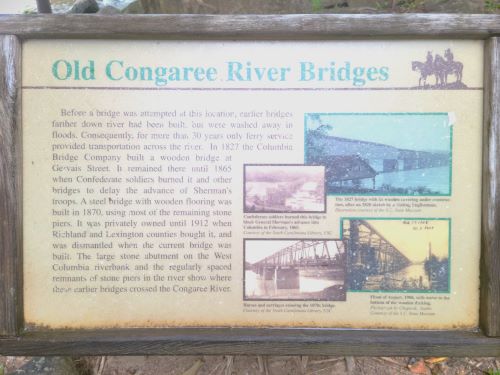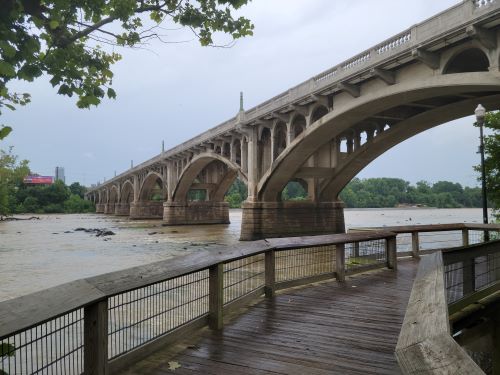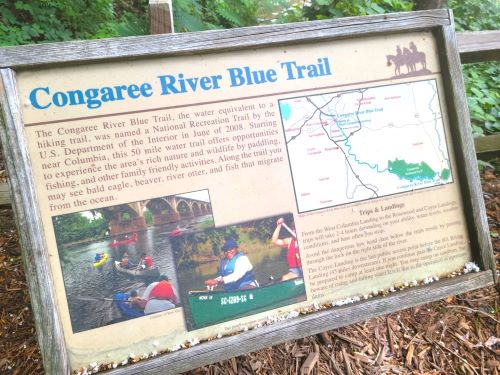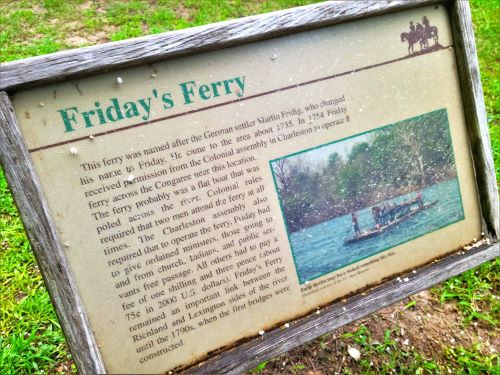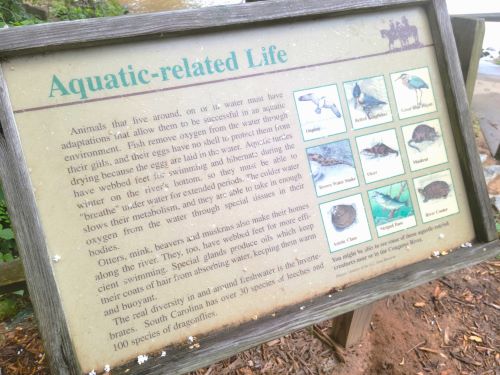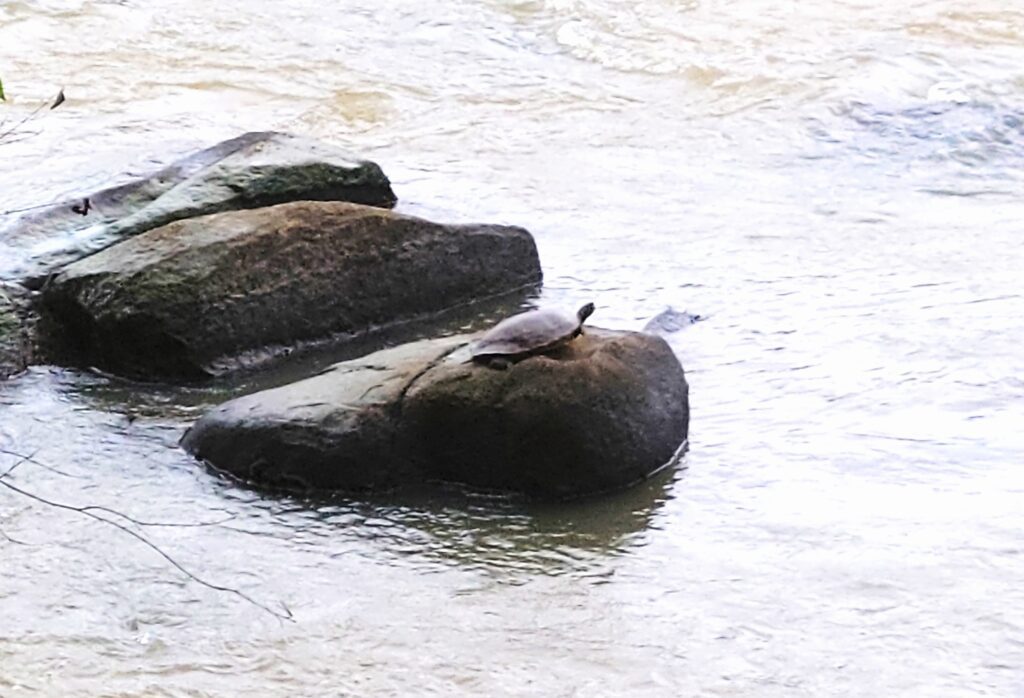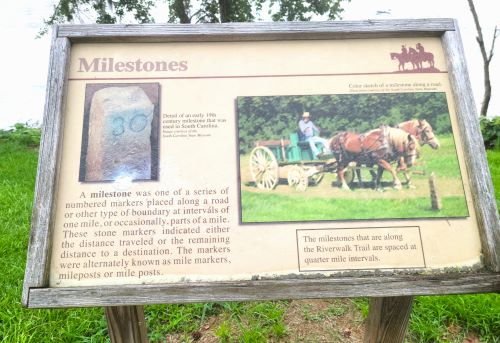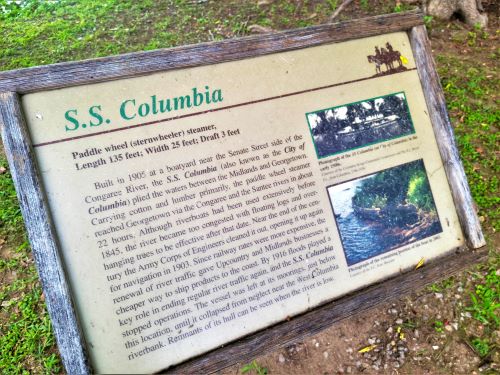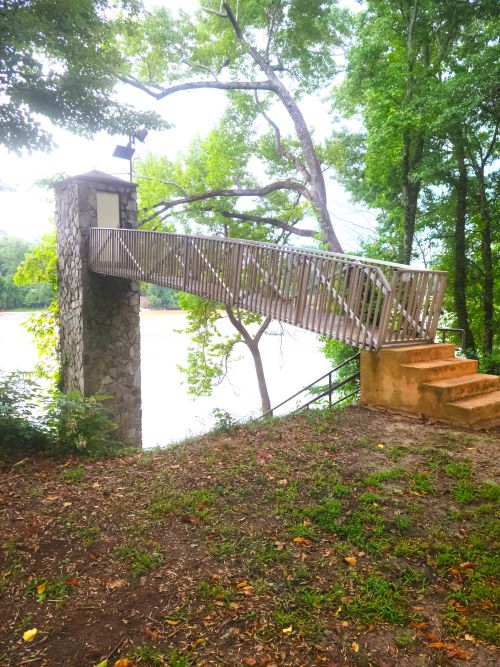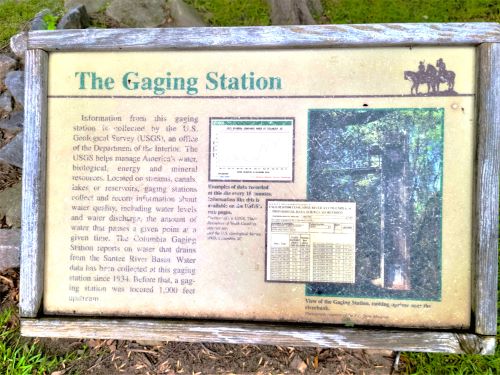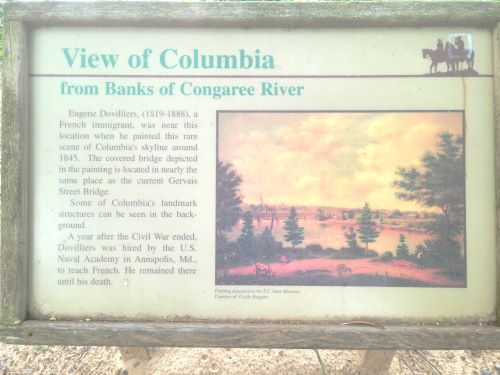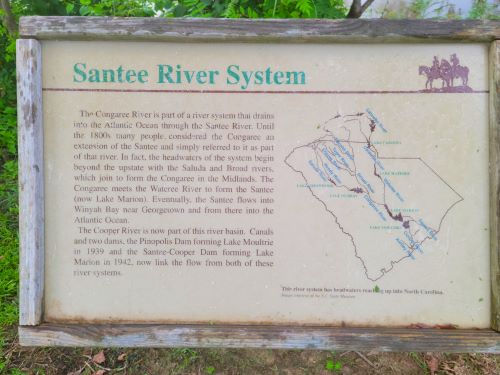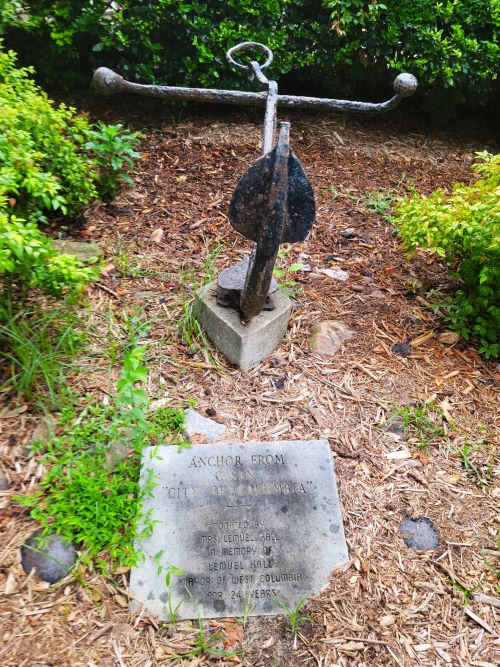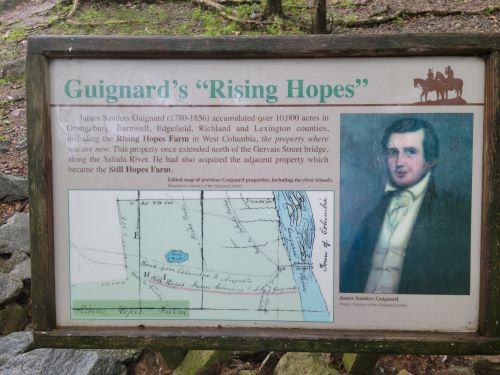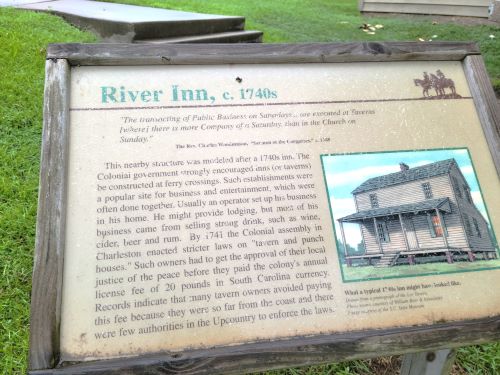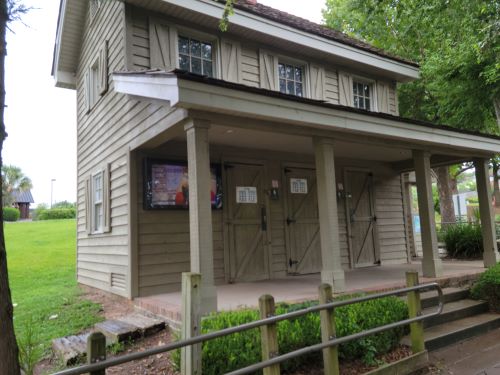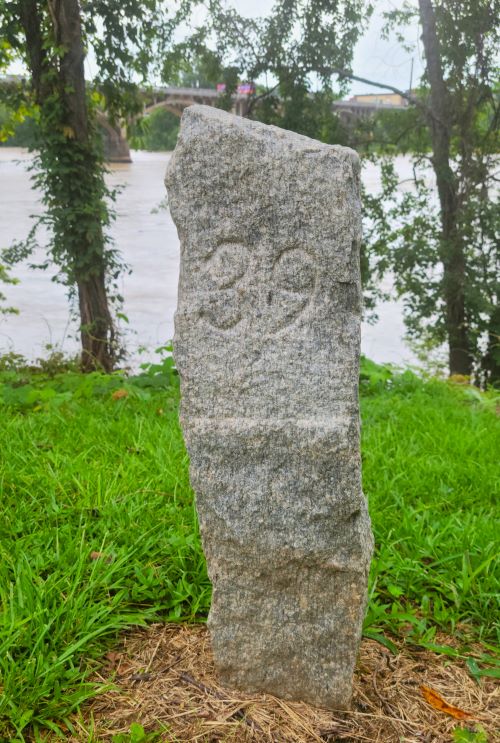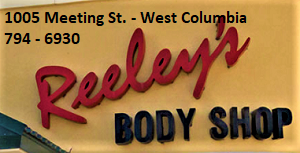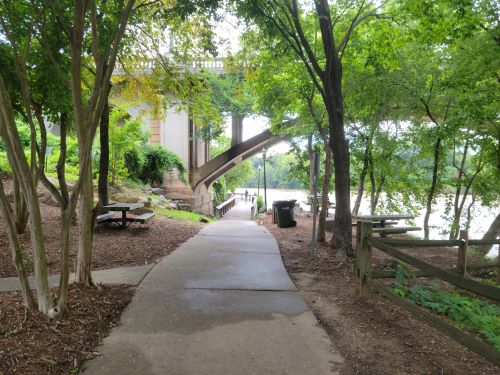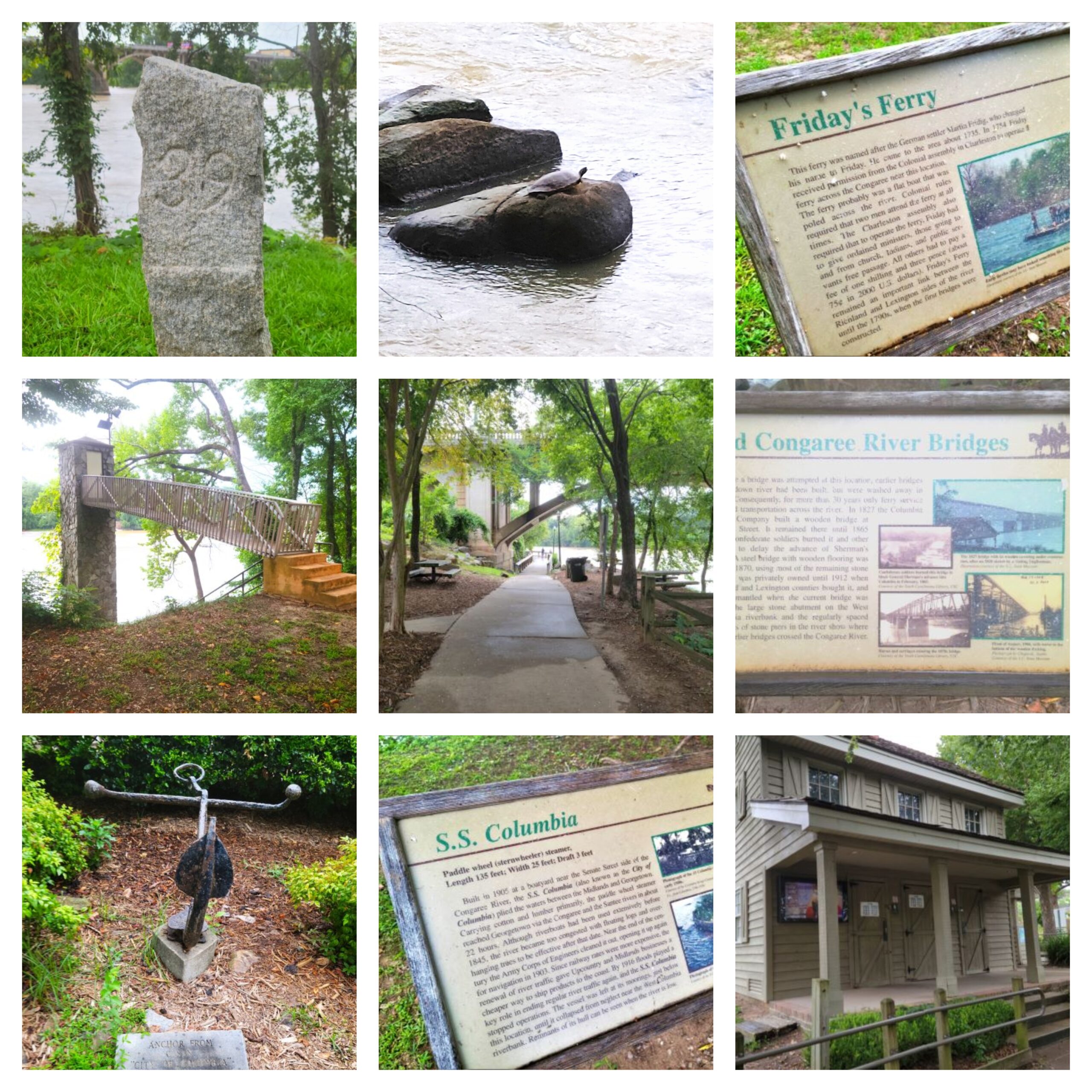
West Columbia’s Riverwalk is a destination to observe nature, history and strategic structures
West Columbia’s Riverwalk is a great destination to observe nature, history, and the structures placed beside the Congaree River because of its importance to the ecosystem.
Riverwalk sits at the confluence of the Saluda and Broad Rivers, that forms the Congaree, at the magnificent Gervais Street Bridge.
The 1,415-foot-long concrete bridge opened in 1927. It was state-of-the-art when it was finished. There is a sign on Riverwalk giving the details of its significance.
Also, a Riverwalk sign, entitled “Old Congaree River Bridges” details the history of all of the bridges over the river at that location. In 1827, a wooden bridge stood at the site. It was burned by Confederate soldiers in 1865 in an effort to thwart advancing Union troops marching on Columbia. A bridge of steel and wood was constructed in1870. It stood until the current bridge was opened. The gigantic stone abutment from that 1870 bridge is visible and serves as a glimpse into the past.
Bald eagles, turtles, muskrats, otters, and brown water snakes live on the river. Other birds on the Congaree include osprey, owl, kingfisher, and heron.
There are striped bass and bream. And the river is one of the most southerly locales cold enough for rainbow trout. Water, at a depth of 170 feet, flows from the Lake Murray Dam. So even on those hot South Carolina summer days, the river water is cool, along with the breeze that blows across it.
Another feature of Riverwalk is the anchor from the City of Columbia along with two cannon balls that were retrieved from the river. A marker also recalls the S.S. Columbia. It was built in 1905 and left in the river to decay a decade or so later. A portion of its frame is visible when the river is low.
Another reminder of the river’s history are the milestones, the predecessor to the mile markers that now line modern interstates. The stone markers bear a number, and line the trail. They informed walkers and horse-powered travelers of the distance between Charleston and the South Carolina Upcountry. The mile stones were placed at quarter mile intervals.
A feature that has ties to the past – and it’s functional now on the Riverwalk – is the River Inn building. It is fashioned after a 1740s structure that would have been placed near a ferry crossing. Today the replica inn houses the Riverwalk rest rooms.
There are many more sights to experience on the West Columbia Riverwalk. It is a unique attraction that presents a new feature with each visit. You are doing yourself a favor to get out and get the feel of Riverwalk first-hand.
